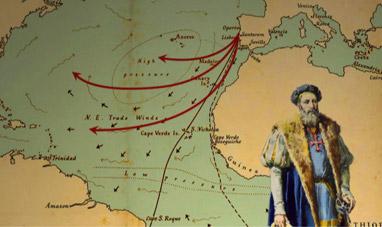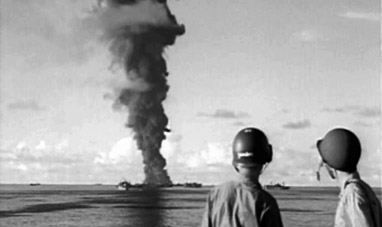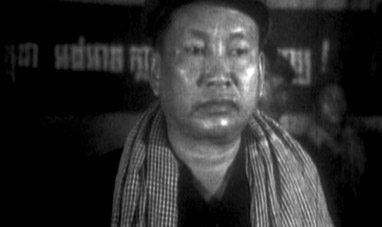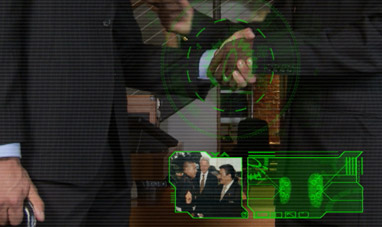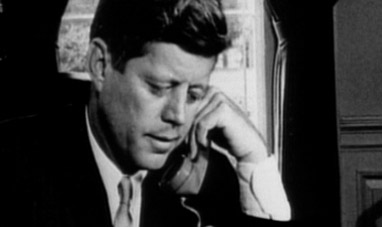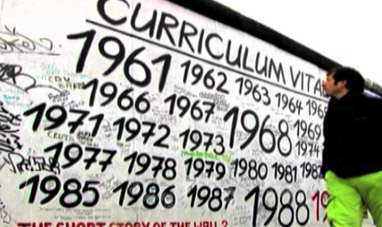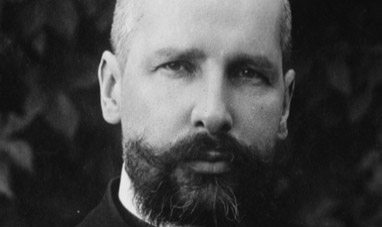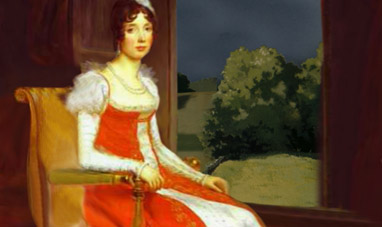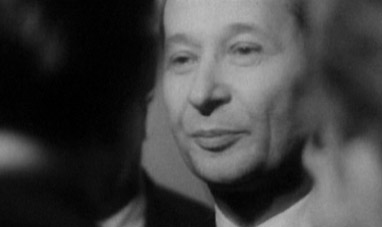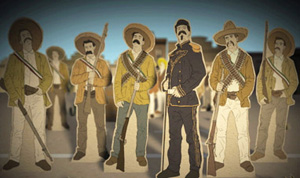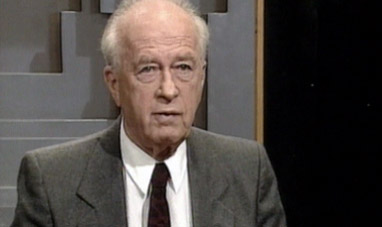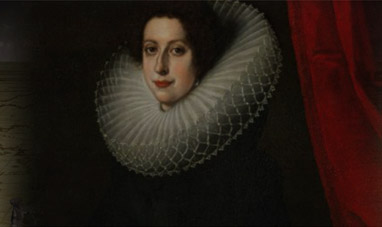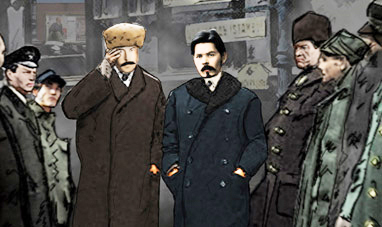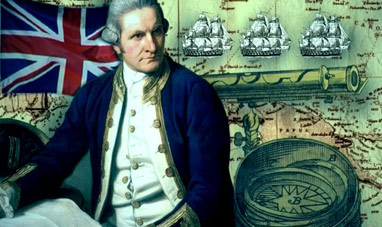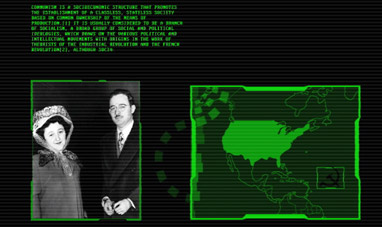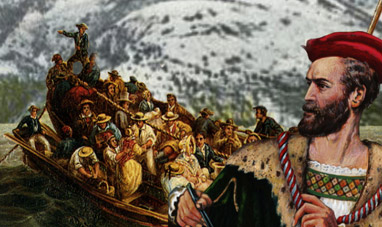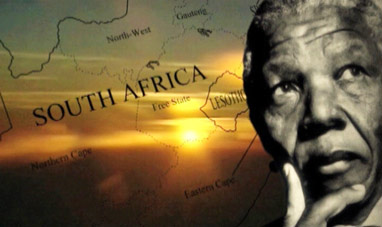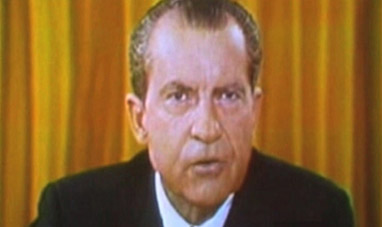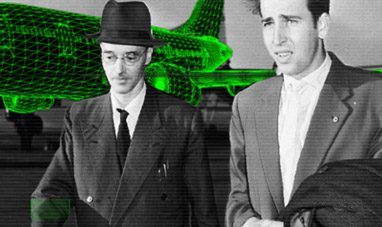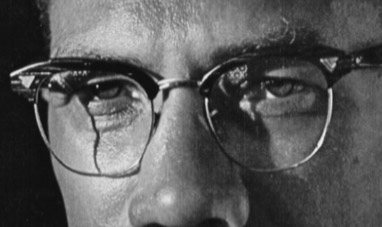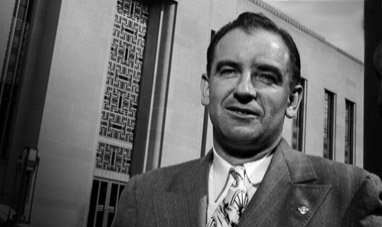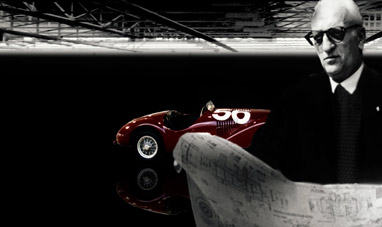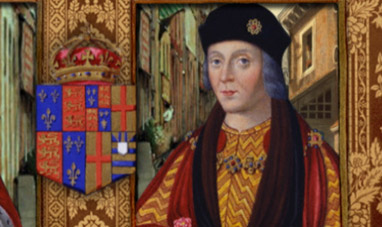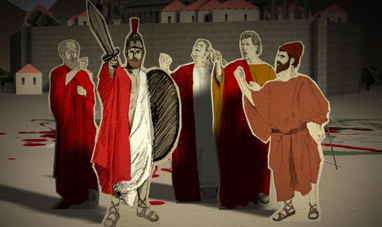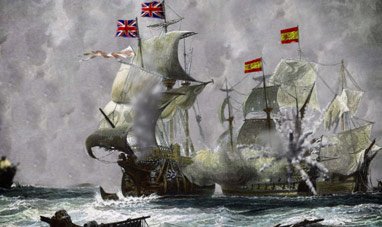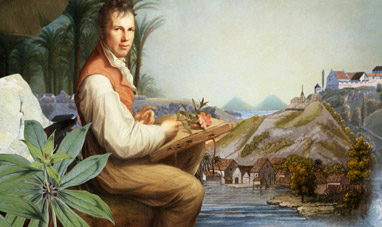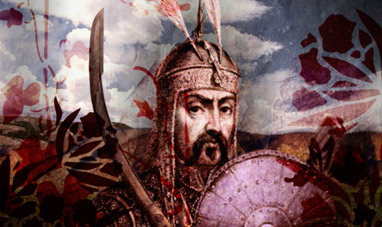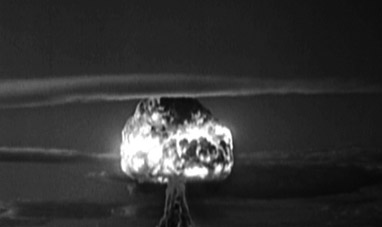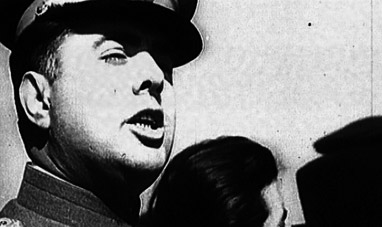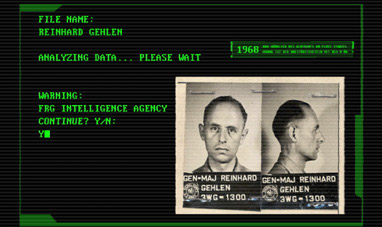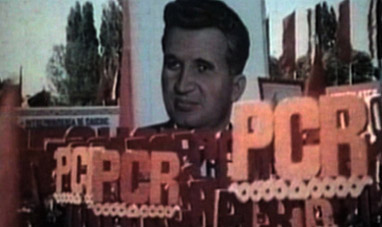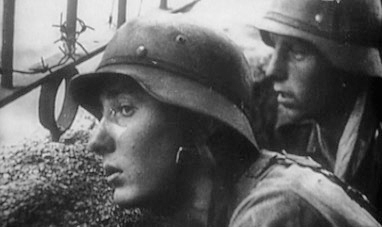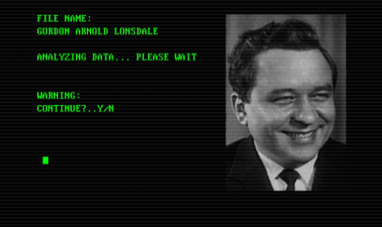His real name was Iosif Vissarionovich Dzhugashvili, but the world knows him as Stalin, a name that means “steel” in Russian. It’s a nickname that expresses the toughness of a key Twentieth Century figure.
Stalin was born on December 18th, 1879 in Gori, Georgia, one of the states that make up the Russian Empire. During this period, the empire was ruled by Tsar Nicholas II Romanov: with workers and peasants living in appalling conditions.
In 1905, Stalin’s views were similar to Lenin, leader of the Bolsheviks. The Bolsheviks were a faction of the Workers' Party that believed in armed revolution. In 1917 the Bolsheviks overthrew Tsar Nicholas II. In 1922 the Soviet Union was founded. It was the first communist state in history. Stalin was appointed General Secretary of the ruling party. It was the beginning of his journey toward ultimate power. After the death of Lenin in 1924, Stalin began to eliminate all of his political opponents. In 1928, Stalin established himself as the supreme authority in the country.
From that moment on, the fate of the Soviet Union was in his hands. Stalin enhanced agriculture and industry, introducing modern techniques and infrastructure. Each resource was controlled directly by the state, establishing production rates. Before the rise of Stalin, the Soviet Union was poor and backward, but Stalin turned the U.S.S.R.into a military and economic superpower.
This extraordinary development was, however, accompanied by violent and authoritarian politics.
In 1930 Stalin expropriated all the belongings of nearly one million families of kulaks, in other words wealthy peasants. In addition, to maintain order, he prosecuted those who questioned the positions held by the regime. Between 1936 and 1939, about 5 million Soviet citizens were accused of being enemies of the public and were either executed or deported to the gulag, forced labor camps.
This repressive campaign only slowed down in June of 1941, when Stalin was involved in World War II. Hitler had invaded the Soviet Union. The enemy was now an outsider, the Nazi army. Stalin organized a revolt against the invaders.
After Hitler’s defeat in 1945, the Soviet Union sat at the winners table along with Great Britain and the United States. Stalin expanded Soviet influence to all of the countries in Eastern Europe. A conflict arose between the pro-Soviet East and the pro-American West, which would split the continent of Europe for the next 50 years, fueling an underground conflict called the Cold War.
Stalin died in Moscow under mysterious circumstances in 1953, at the age of 74. It was the end of a 25-year political reign, which forever altered the history of Europe and the world.
A few years later, the USSR distanced itself from his work: the "de-Stalinization" of the U.S.S.R. had begun.
Stalin was born on December 18th, 1879 in Gori, Georgia, one of the states that make up the Russian Empire. During this period, the empire was ruled by Tsar Nicholas II Romanov: with workers and peasants living in appalling conditions.
In 1905, Stalin’s views were similar to Lenin, leader of the Bolsheviks. The Bolsheviks were a faction of the Workers' Party that believed in armed revolution. In 1917 the Bolsheviks overthrew Tsar Nicholas II. In 1922 the Soviet Union was founded. It was the first communist state in history. Stalin was appointed General Secretary of the ruling party. It was the beginning of his journey toward ultimate power. After the death of Lenin in 1924, Stalin began to eliminate all of his political opponents. In 1928, Stalin established himself as the supreme authority in the country.
From that moment on, the fate of the Soviet Union was in his hands. Stalin enhanced agriculture and industry, introducing modern techniques and infrastructure. Each resource was controlled directly by the state, establishing production rates. Before the rise of Stalin, the Soviet Union was poor and backward, but Stalin turned the U.S.S.R.into a military and economic superpower.
This extraordinary development was, however, accompanied by violent and authoritarian politics.
In 1930 Stalin expropriated all the belongings of nearly one million families of kulaks, in other words wealthy peasants. In addition, to maintain order, he prosecuted those who questioned the positions held by the regime. Between 1936 and 1939, about 5 million Soviet citizens were accused of being enemies of the public and were either executed or deported to the gulag, forced labor camps.
This repressive campaign only slowed down in June of 1941, when Stalin was involved in World War II. Hitler had invaded the Soviet Union. The enemy was now an outsider, the Nazi army. Stalin organized a revolt against the invaders.
After Hitler’s defeat in 1945, the Soviet Union sat at the winners table along with Great Britain and the United States. Stalin expanded Soviet influence to all of the countries in Eastern Europe. A conflict arose between the pro-Soviet East and the pro-American West, which would split the continent of Europe for the next 50 years, fueling an underground conflict called the Cold War.
Stalin died in Moscow under mysterious circumstances in 1953, at the age of 74. It was the end of a 25-year political reign, which forever altered the history of Europe and the world.
A few years later, the USSR distanced itself from his work: the "de-Stalinization" of the U.S.S.R. had begun.

